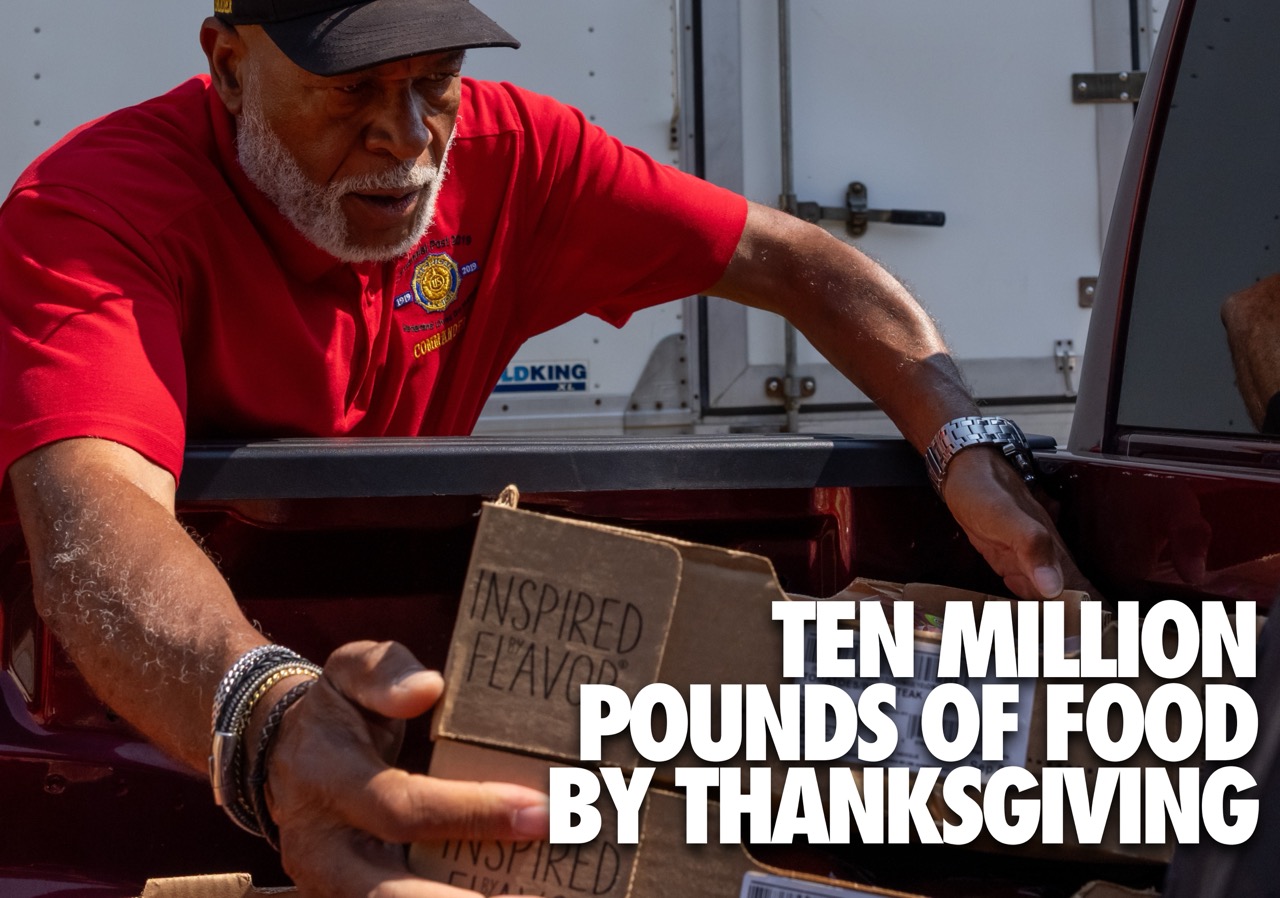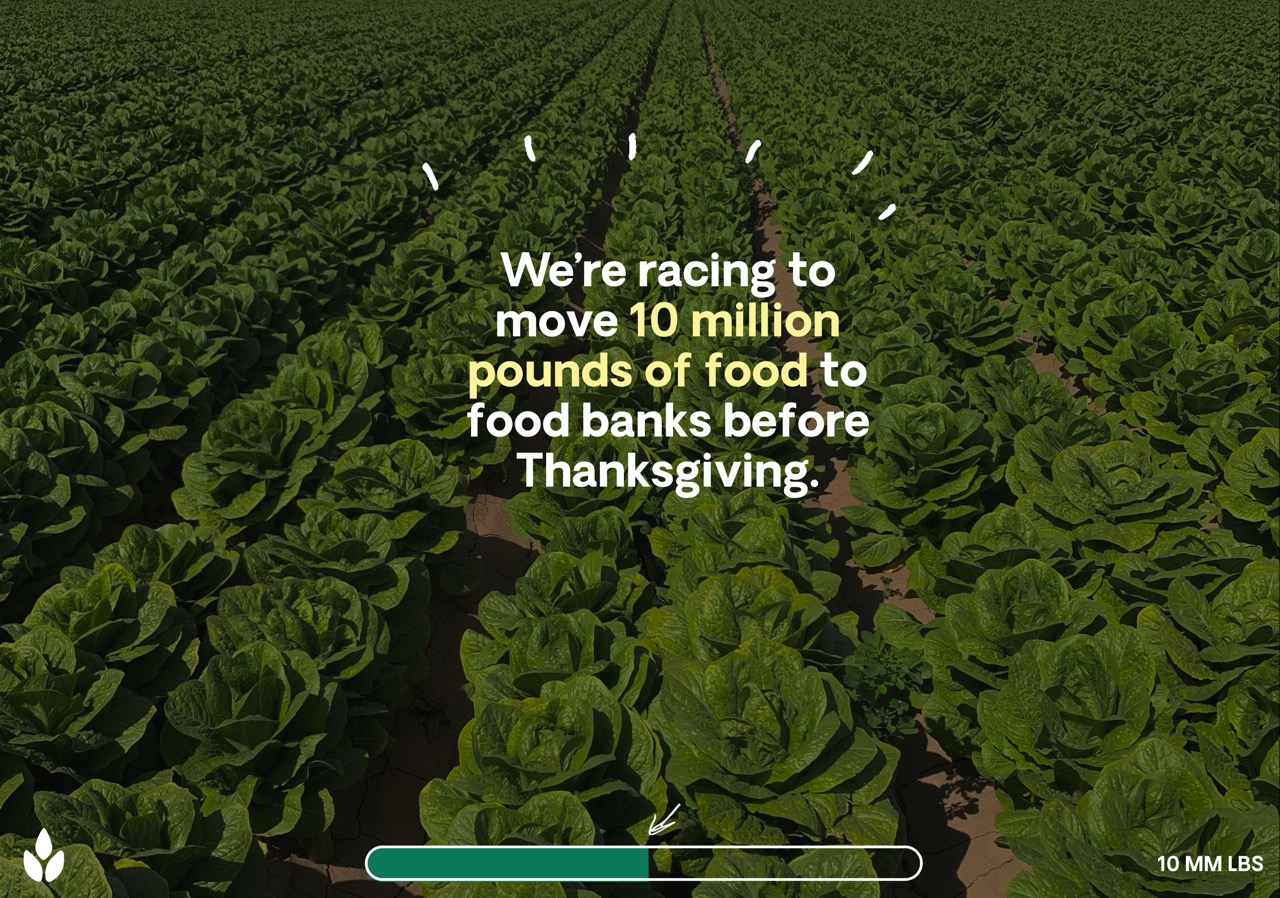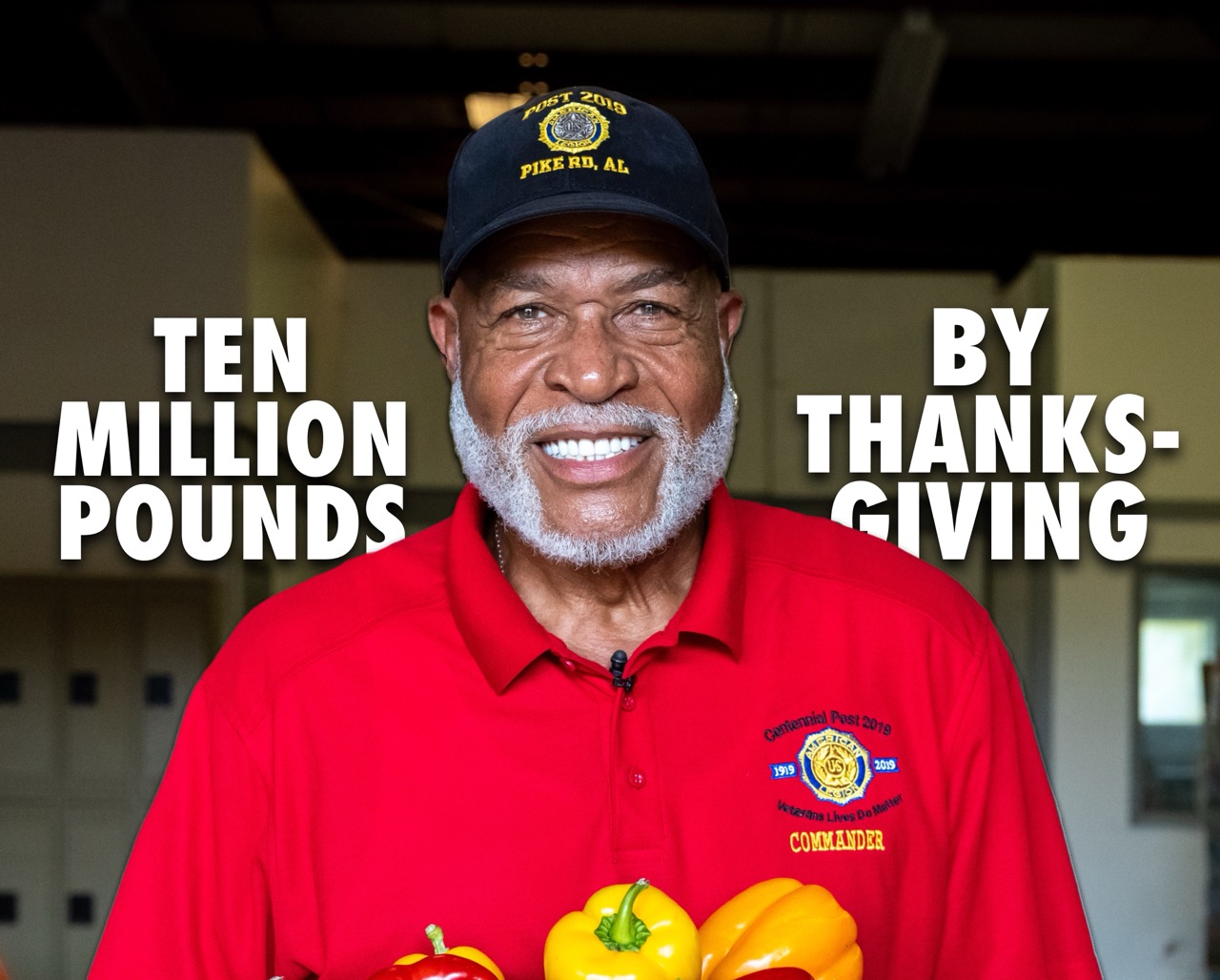My interest was piqued when I came across the headline: “Inflation is Straining the Charitable Sector.” In the article, Patrice Onwuka, director of the Center for Economic Opportunity at the Independent Women’s Forum, brought to light the impact of economic inflation on American households, and in turn, its impact on the charitable food space: inflation is affecting the charitable sector.
A network of food banks in Southeast Ohio reports that demand is up by 60% since the start of the year. Feeding South Dakota has been assisting 2.5 times the number of households they usually serve. Philadelphia’s largest hunger relief organization, Philabundance, is distributing more food than ever. The list goes on.
While demand for food surges, so do food prices, increasing by 10.4% in the 12-month period ending in June 2022. According to the Bureau of Labor Statistics, this rise represents the largest 12-month increase since February 1981. While higher food costs have the greatest impact on low-income households spending a greater part of their budgets on groceries, people across all socio-economic groups are affected.
A survey conducted in July by Feeding America found that 65% of their member food banks experienced higher demand for emergency food assistance in June compared to the previous month. Aramil Wheeler, the marketing and communications coordinator for a food bank in Nevada, attributes this growing demand to an increase in middle-class families relying on charitable services.
But food banks, like those they serve, are affected by increased costs. Faced with growing demand and higher prices, the Alameda County Food Bank reports spending $1.5 million per month on food this summer, up from $250,000 per month prior to the pandemic. Soaring gas prices pose an additional challenge for food banks working to transport food to those in need. Michael Altfest, the Director of Community Engagement and Marketing at the Alameda County Food Bank, told CBS that their teams have increased the gas budget for the upcoming year by 66% – an amount that could purchase 100,000 meals of food.
Volunteers and staff at food banks are working extra to help those in need, but the impact of their efforts is limited by external factors. For one, individual giving is on the decline, and the uncertainty presented by inflation threatens to bring rates down further as people prioritize saving over spending. As prices also continue to rise, the value of each dollar donated falls, reducing the power (but not the importance) of financial giving.
Farmlink recognizes the growing strain facing the charitable food space; we will continue to support food banks experiencing greater demand on top of rising costs of operation. What does that support look like?
Our Deals Team connects food banks to farms with surplus food, enabling charitable food distributors to save money on the food needed to meet demand. Financial support offsets the cost of transportation, helping organizations affected by expensive fuel prices. Our Policy Team is working to understand the implications of the recently-passed Inflation Reduction Act in order to enhance our responses, and whenever possible, Farmlink offers on-the-ground support.
Inflation creates complex obstacles for many facets of our economy. As charitable organizations step up to meet these challenges, so too will Farmlink step up to help these selfless providers in any capacity needed.
< Back
My interest was piqued when I came across the headline: “Inflation is Straining the Charitable Sector.” In the article, Patrice Onwuka, director of the Center for Economic Opportunity at the Independent Women’s Forum, brought to light the impact of economic inflation on American households, and in turn, its impact on the charitable food space: inflation is affecting the charitable sector.
A network of food banks in Southeast Ohio reports that demand is up by 60% since the start of the year. Feeding South Dakota has been assisting 2.5 times the number of households they usually serve. Philadelphia’s largest hunger relief organization, Philabundance, is distributing more food than ever. The list goes on.
While demand for food surges, so do food prices, increasing by 10.4% in the 12-month period ending in June 2022. According to the Bureau of Labor Statistics, this rise represents the largest 12-month increase since February 1981. While higher food costs have the greatest impact on low-income households spending a greater part of their budgets on groceries, people across all socio-economic groups are affected.
A survey conducted in July by Feeding America found that 65% of their member food banks experienced higher demand for emergency food assistance in June compared to the previous month. Aramil Wheeler, the marketing and communications coordinator for a food bank in Nevada, attributes this growing demand to an increase in middle-class families relying on charitable services.
But food banks, like those they serve, are affected by increased costs. Faced with growing demand and higher prices, the Alameda County Food Bank reports spending $1.5 million per month on food this summer, up from $250,000 per month prior to the pandemic. Soaring gas prices pose an additional challenge for food banks working to transport food to those in need. Michael Altfest, the Director of Community Engagement and Marketing at the Alameda County Food Bank, told CBS that their teams have increased the gas budget for the upcoming year by 66% – an amount that could purchase 100,000 meals of food.
Volunteers and staff at food banks are working extra to help those in need, but the impact of their efforts is limited by external factors. For one, individual giving is on the decline, and the uncertainty presented by inflation threatens to bring rates down further as people prioritize saving over spending. As prices also continue to rise, the value of each dollar donated falls, reducing the power (but not the importance) of financial giving.
Farmlink recognizes the growing strain facing the charitable food space; we will continue to support food banks experiencing greater demand on top of rising costs of operation. What does that support look like?
Our Deals Team connects food banks to farms with surplus food, enabling charitable food distributors to save money on the food needed to meet demand. Financial support offsets the cost of transportation, helping organizations affected by expensive fuel prices. Our Policy Team is working to understand the implications of the recently-passed Inflation Reduction Act in order to enhance our responses, and whenever possible, Farmlink offers on-the-ground support.
Inflation creates complex obstacles for many facets of our economy. As charitable organizations step up to meet these challenges, so too will Farmlink step up to help these selfless providers in any capacity needed.
Inflation, Food Insecurity, and the Charitable Food Space
My interest was piqued when I came across the headline: “Inflation is Straining the Charitable Sector.” In the article, Patrice Onwuka, director of the Center for Economic Opportunity at the Independent Women’s Forum, brought to light the impact of economic inflation on American households, and in turn, its impact on the charitable food space: inflation is affecting the charitable sector.
A network of food banks in Southeast Ohio reports that demand is up by 60% since the start of the year. Feeding South Dakota has been assisting 2.5 times the number of households they usually serve. Philadelphia’s largest hunger relief organization, Philabundance, is distributing more food than ever. The list goes on.
While demand for food surges, so do food prices, increasing by 10.4% in the 12-month period ending in June 2022. According to the Bureau of Labor Statistics, this rise represents the largest 12-month increase since February 1981. While higher food costs have the greatest impact on low-income households spending a greater part of their budgets on groceries, people across all socio-economic groups are affected.
A survey conducted in July by Feeding America found that 65% of their member food banks experienced higher demand for emergency food assistance in June compared to the previous month. Aramil Wheeler, the marketing and communications coordinator for a food bank in Nevada, attributes this growing demand to an increase in middle-class families relying on charitable services.
But food banks, like those they serve, are affected by increased costs. Faced with growing demand and higher prices, the Alameda County Food Bank reports spending $1.5 million per month on food this summer, up from $250,000 per month prior to the pandemic. Soaring gas prices pose an additional challenge for food banks working to transport food to those in need. Michael Altfest, the Director of Community Engagement and Marketing at the Alameda County Food Bank, told CBS that their teams have increased the gas budget for the upcoming year by 66% – an amount that could purchase 100,000 meals of food.
Volunteers and staff at food banks are working extra to help those in need, but the impact of their efforts is limited by external factors. For one, individual giving is on the decline, and the uncertainty presented by inflation threatens to bring rates down further as people prioritize saving over spending. As prices also continue to rise, the value of each dollar donated falls, reducing the power (but not the importance) of financial giving.
Farmlink recognizes the growing strain facing the charitable food space; we will continue to support food banks experiencing greater demand on top of rising costs of operation. What does that support look like?
Our Deals Team connects food banks to farms with surplus food, enabling charitable food distributors to save money on the food needed to meet demand. Financial support offsets the cost of transportation, helping organizations affected by expensive fuel prices. Our Policy Team is working to understand the implications of the recently-passed Inflation Reduction Act in order to enhance our responses, and whenever possible, Farmlink offers on-the-ground support.
Inflation creates complex obstacles for many facets of our economy. As charitable organizations step up to meet these challenges, so too will Farmlink step up to help these selfless providers in any capacity needed.
.png)
.png)






.svg)
.svg)
.svg)